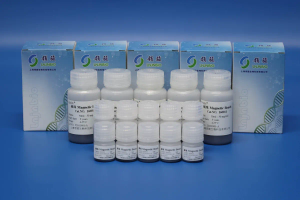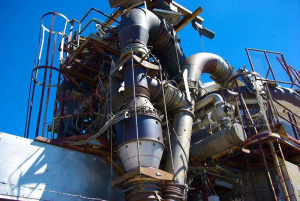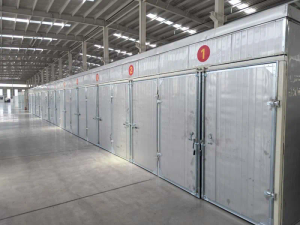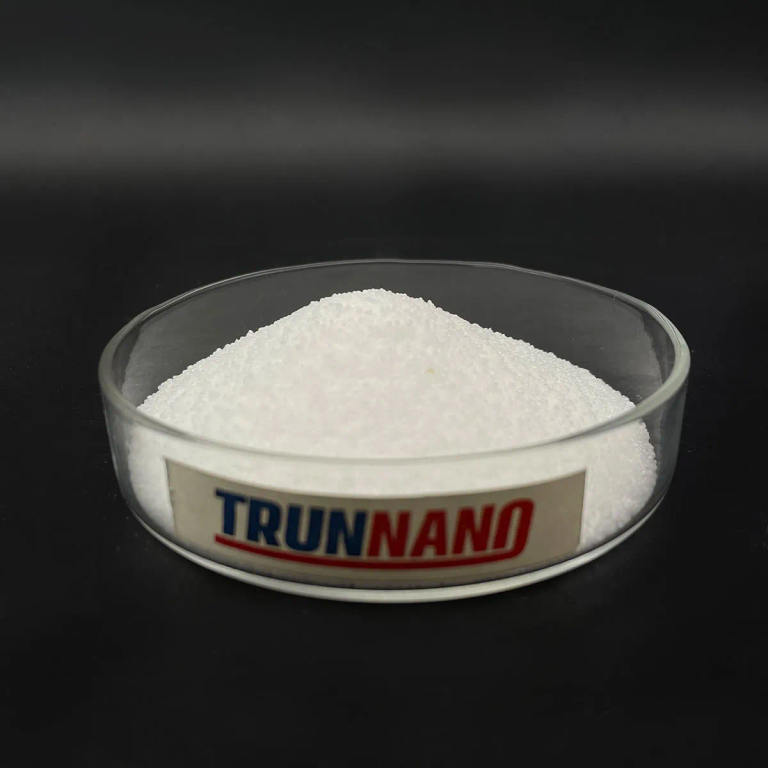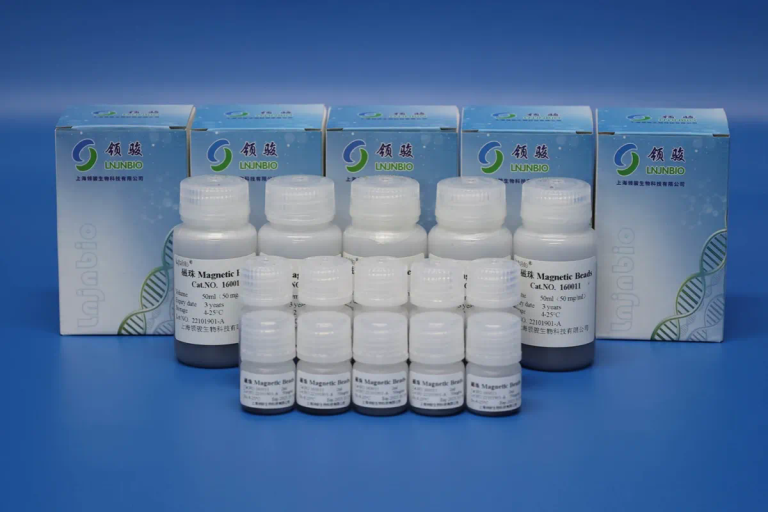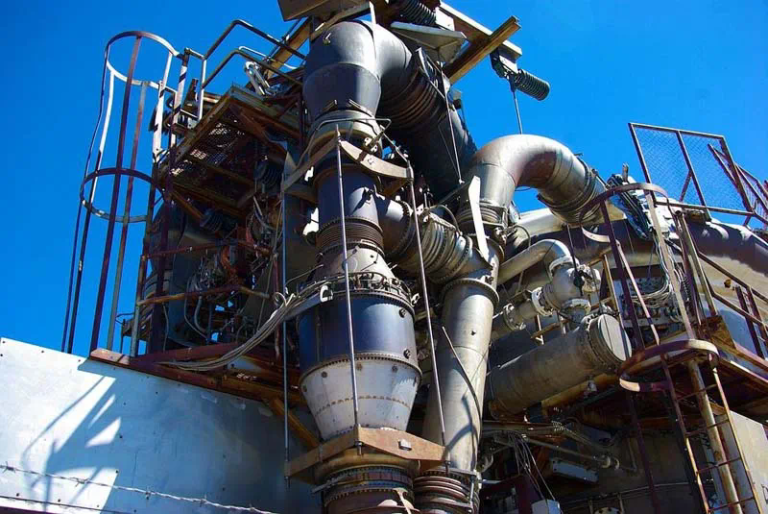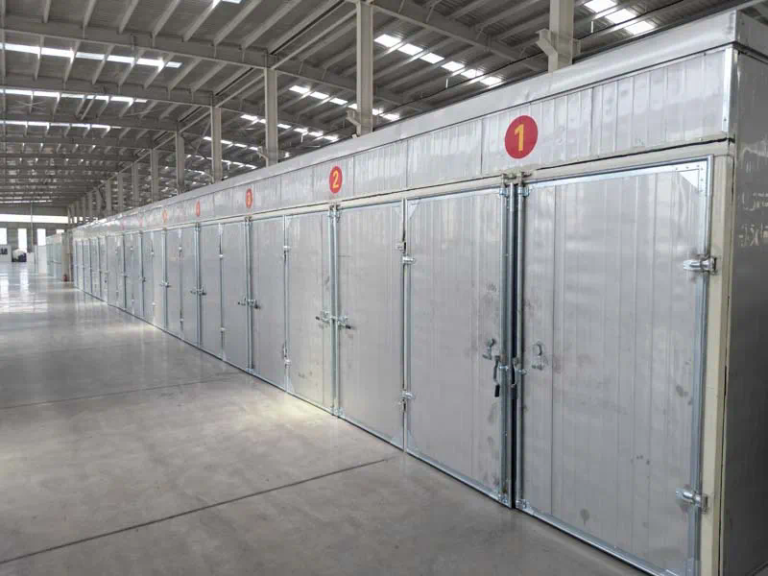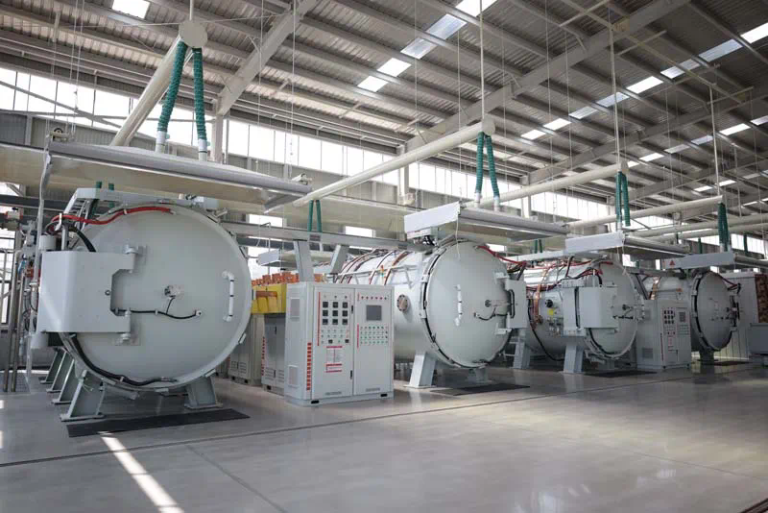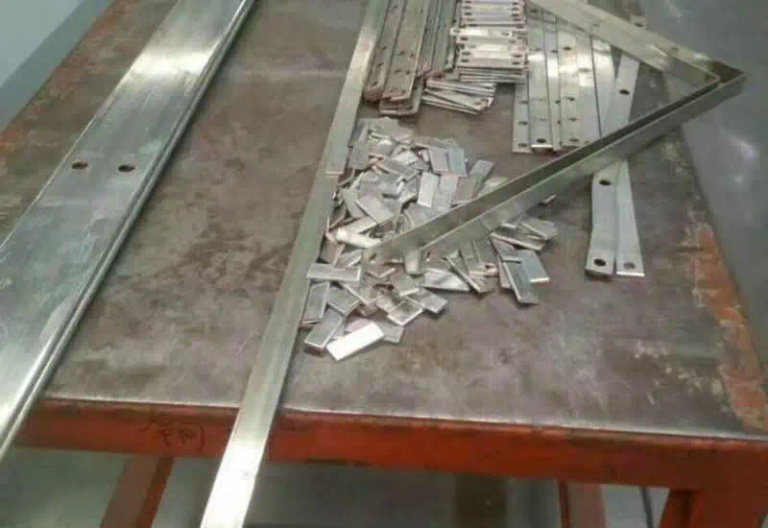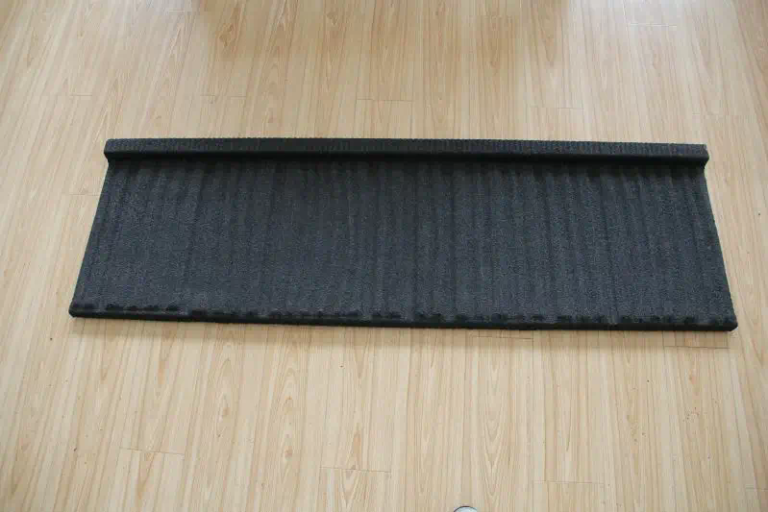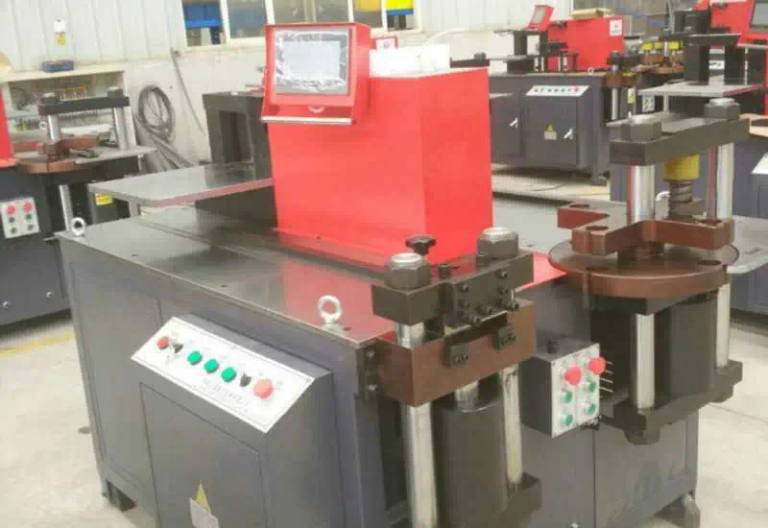Digital Light Processing (DLP) and Selective Laser Sintering (SLS) are two popular 3D printing technologies. Each of these processes yields high-quality, precise results and has different advantages depending on the project specifications, materials, and overall application. DLP utilizes a projected light source to create a part. It contains a digital interface that beams an image of the specific cross-section across the platform so that all points of the resin layer are cured. SLS, on the other hand, utilizes a laser in conjunction with a powder bed. The laser sinters a surface layer into the powder repeatedly until the product is constructed and all erroneous powder is removed.
The main differences between SLS and DLP are: cost, printing speed, precision quality, and technical characteristics. DLP uses support layers as a schematic and often yields a more precise product. SLS can produce several parts in the same build process. This makes SLS generally cheaper, faster, and more durable for multiple-part builds. This article will further discuss the differences between SLS vs. DLP, their advantages, and disadvantages, as well as the alternatives to both.
.webp)
